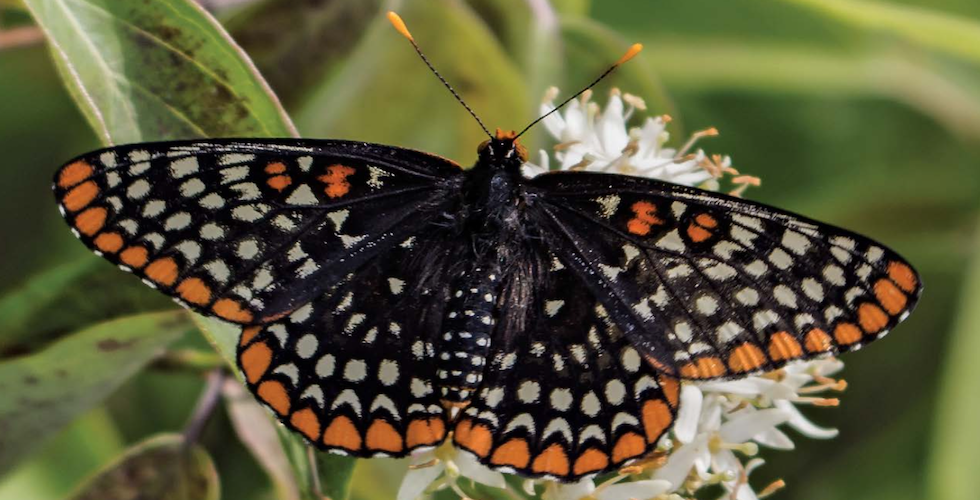
The Joy of Butterfly Gardening in the Midwest
People are rapidly discovering the joy of gardening to attract butterflies. It’s a simple, fun, and rewarding way to explore the natural world and bring the beauty of nature closer. Few other forms of wildlife are more attractive or as easily observed as butterflies and moths. They occur just about everywhere, from suburban gardens and urban parks to rural meadows and remote natural areas. Regardless of where you live, there are a variety of butterflies and moths to observe.
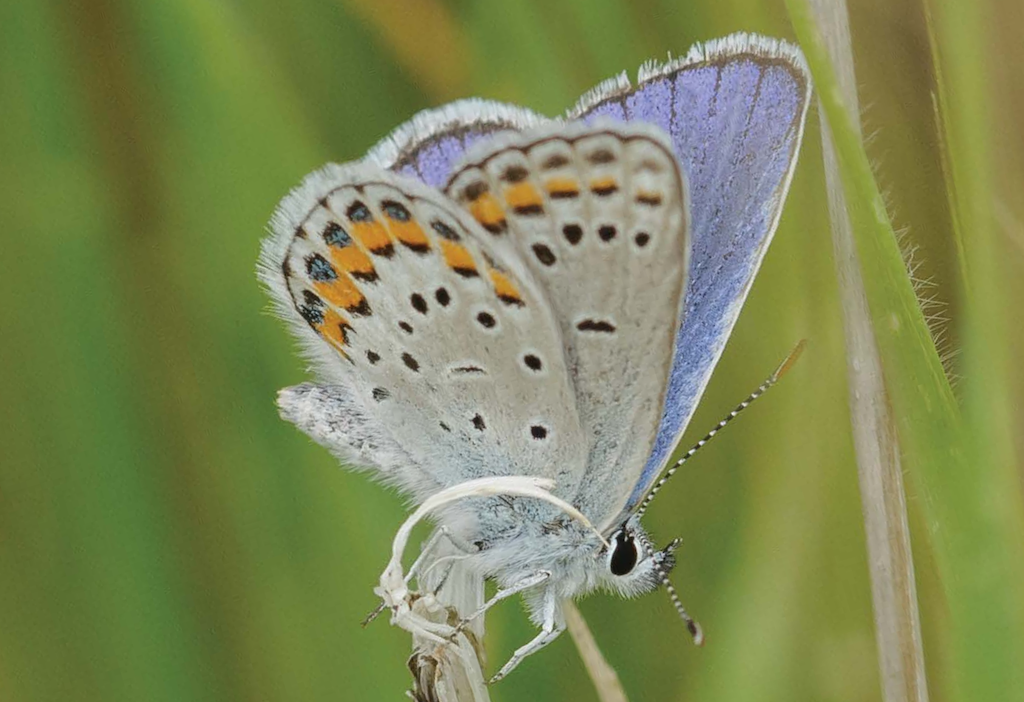
WHAT ARE BUTTERFLIES?
Butterflies and moths are insects. Together, they compose the order Lepidoptera, a combination of Greek words meaning “scale-winged,” and they can be differentiated from all other insects on that basis. Their four wings, as well as their body, are typically almost entirely covered with numerous tiny scales. Overlapping like shingles on a roof, they make up the color and pattern of a butterfly’s wings. Although generally wide and flat, some scales may be modified in shape, depending on the species and body location.
Butterflies and moths are closely related and often difficult to quickly tell apart. Nonetheless, there are some basic differences that are easy to identify even in the field.

Generally, butterflies fly during the day, have large colorful wings that are held vertically together over the back when at rest, and bear distinctly clubbed antennae. In contrast, most moths are nocturnal. They are usually more drab in color overall and may often resemble dirty, hairy butterflies. At rest, they tend to hold their wings to the sides, and they have feathery or threadlike antennae. Adult butterflies and moths share several common characteristics, including six jointed legs, two compound eyes, two antennae, a hard exoskeleton, and three main body segments: the head, thorax, and abdomen.
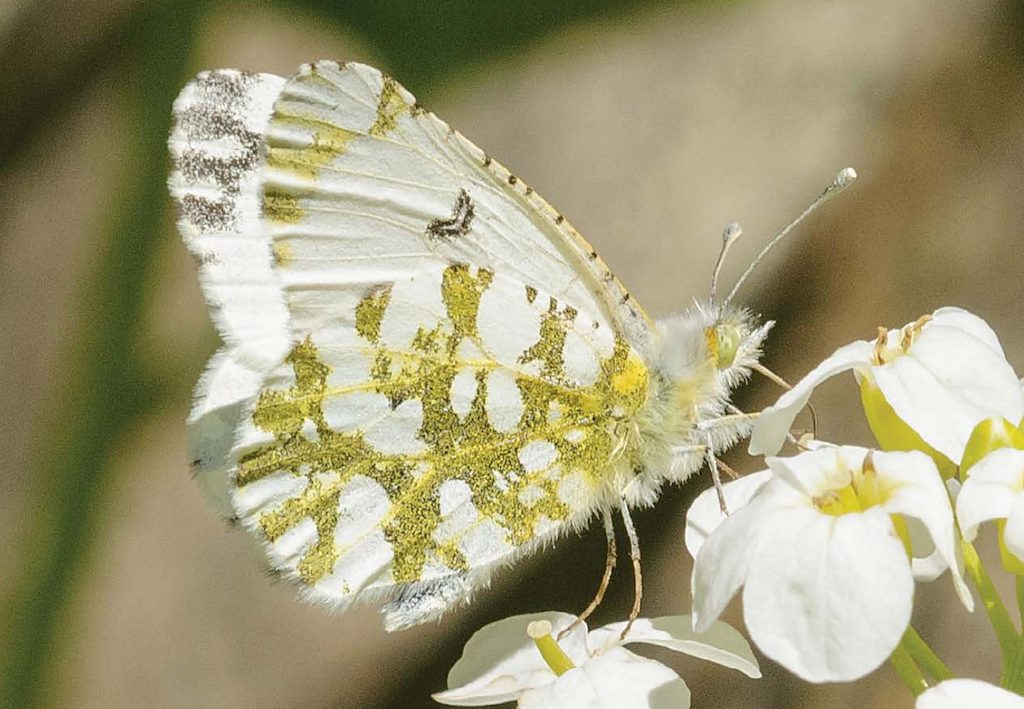
THE BUTTERFLY AND MOTH LIFE CYCLE
All butterflies and moths pass through a life cycle consisting of four developmental stages: egg, larva, pupa, and adult.
Regardless of size, adults begin life as a small egg. A female may lay her eggs singly, in small clusters, or in large groupings on or near the appropriate host plant. Once an egg hatches, the tiny larva begins feeding almost immediately. Butterfly and moth larvae are herbivores—with the exception of Harvester Butterfly larvae, which eat aphids—and they essentially live to eat. As a result, they can grow at an astonishing rate. All insects, including butterflies and moths, have an external skeleton.
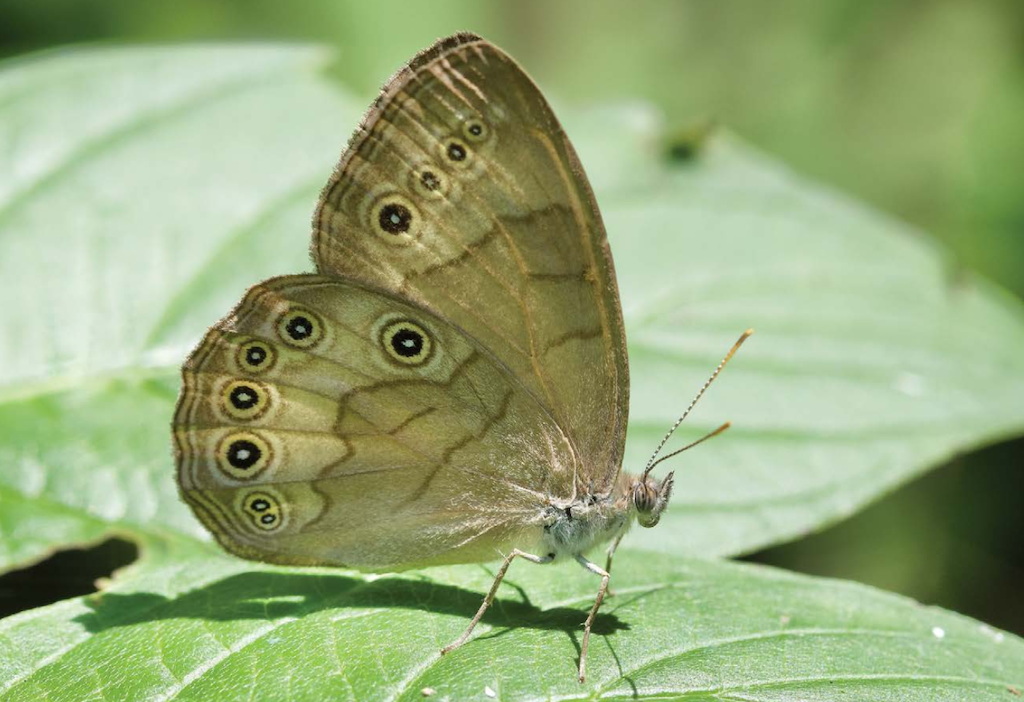
In order to grow, a developing caterpillar (or larva) must shed its skin, or molt, several times during its life. Each time the larva does, it discards its old, tight skin to make room for the new, roomier, and often different looking skin underneath. These different stages in a caterpillar’s growth are called instars. Once fully grown, the larva stops eating and seeks a safe place to pupate. It usually attaches itself to a branch, twig, or other surface with silk and then molts for the last time to reveal the pupa (or chrysalis). Many moths spin silken cocoons to enclose their pupae. Inside, the larval structures are broken down and reor- ganized into the form of an adult insect. At the appropriate time, the pupa splits open and a beautiful new butterfly or moth emerges. The adult hangs quietly and begins to expand its crumpled wings by slowly forcing blood through the veins. After a few hours, its wings are fully hardened and the butterfly or moth is ready to fly.
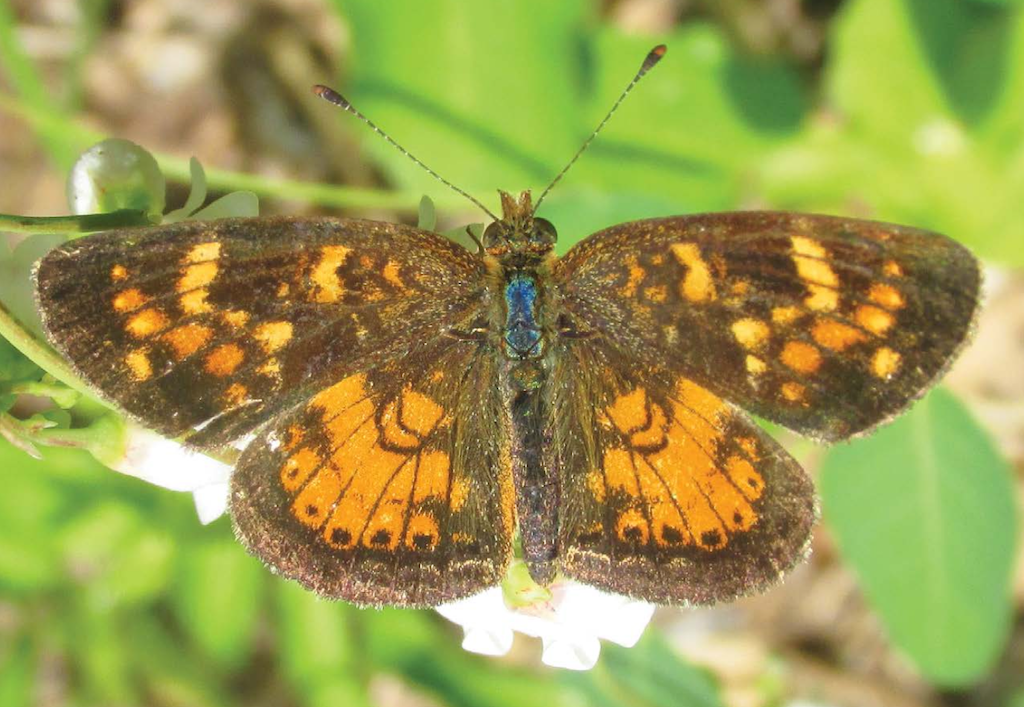
Bring the joy of butterfly gardening to your home with the Butterflies of the Midwest Field Guide by Jaret C. Daniels, available wherever books are sold beginning April 11th.


